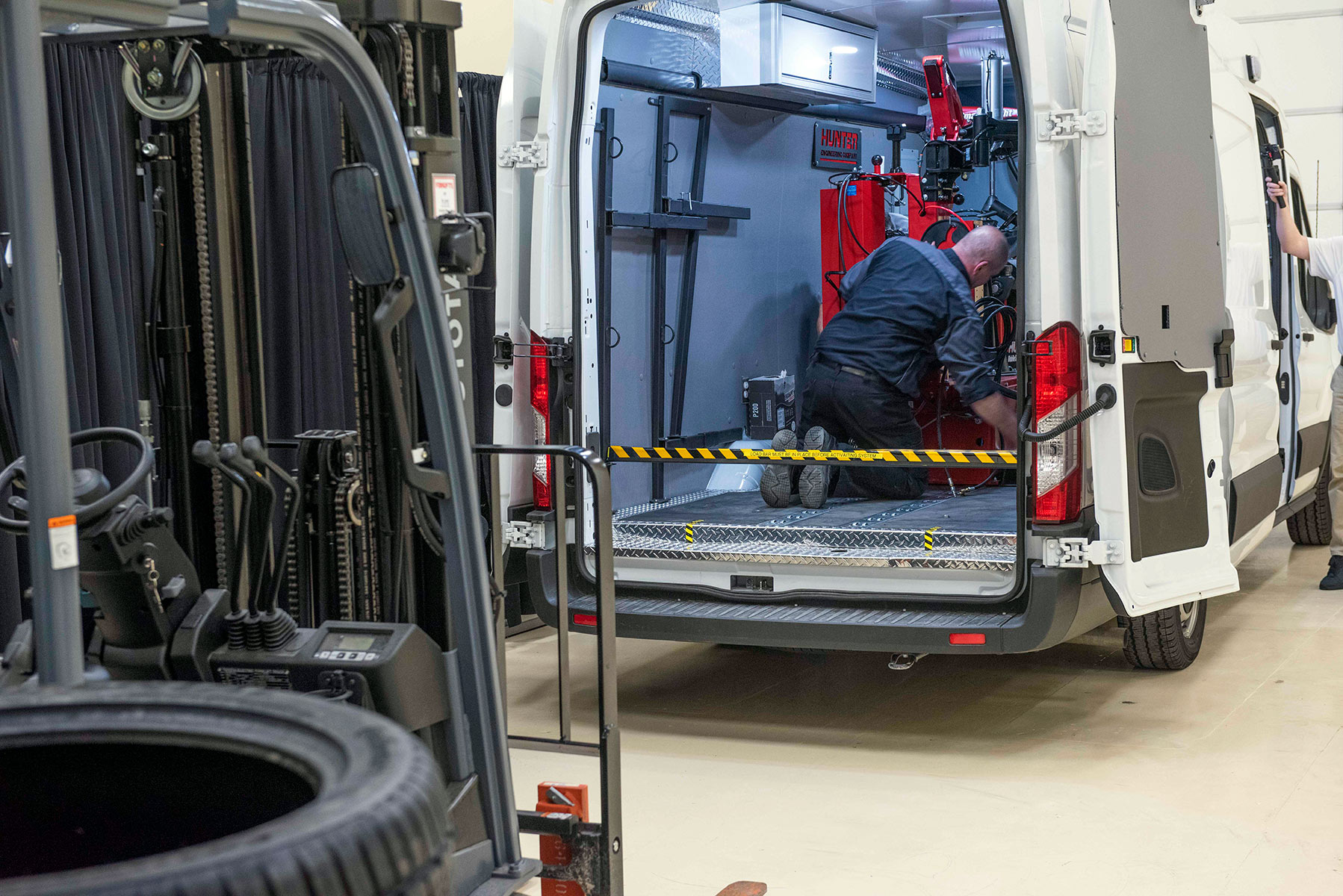Tire Solution: Proven Methods for Optimal Tire Maintenance and Care
Keeping optimal tire problem is paramount for both security and performance of any lorry. From guaranteeing appropriate tire pressure to normal rotation and positioning, there are tried and tested approaches that can significantly prolong the life-span of your tires and improve general driving experience. As we discover the ins and outs of tire treatment and maintenance, we will discover crucial standards that every car proprietor must follow for the very best possible results. Let's dig right into the world of tire service and discover the tricks to keeping your tires in first-class form for the long haul.
Significance of Tire Stress
Proper tire pressure is a crucial consider guaranteeing optimum vehicle performance and security when driving. Keeping the suggested tire stress levels given by the supplier supplies many advantages. To start with, sufficient tire stress advertises much better fuel performance, as under-inflated tires can bring about increased rolling resistance, creating the engine to work more challenging and consume even more fuel. Secondly, appropriate tire stress makes sure even tread wear, boosting tire longevity and conserving money over time by postponing the demand for premature substitutes. Additionally, effectively blew up tires contribute to enhanced handling and stopping capabilities, essential for safe driving in various road conditions. Over-inflated tires, on the other hand, can result in reduced traction and a harsher trip. Conversely, under-inflated tires are susceptible to getting too hot, which can lead to blowouts and mishaps. On a regular basis examining and adjusting tire stress, especially soon journeys, is a basic yet effective method to improve vehicle performance, extend tire life-span, and focus on safety and security when traveling.
Tire Rotation Guidelines
When taking into consideration tire turning standards, it is vital to understand the relevance of this maintenance task in making best use of tire lifespan and preserving optimum car performance. Tire turning involves transforming the placement of each tire on a lorry to ensure also tread wear. Front tires have a tendency to use quicker than back tires due to steering pressures, making routine rotation essential for well balanced wear patterns. The advised turning pattern varies depending on whether a vehicle is front-wheel, rear-wheel, all-wheel, or 4x4. Generally, tires need to be rotated every 5,000 to 7,500 miles, or as encouraged in the automobile websites guidebook. Overlooking tire rotation can result in irregular wear, influencing handling, traction, and potentially compromising vehicle safety. By adhering to correct turning standards, vehicle drivers can expand the life of their tires, improve gas efficiency, and improve total driving experience. Routine turning is a simple yet effective maintenance practice that adds considerably to tire durability and automobile performance.

Advantages of Wheel Positioning
Guaranteeing appropriate wheel alignment after tire rotation is important for maintaining balanced wear patterns and optimizing automobile performance. Furthermore, appropriate wheel positioning aids to expand the life-span of your tires. Misaligned wheels can cause unequal tire wear, leading to early tire replacement and increased maintenance expenses.

Tire Footstep Deepness Inspect
Carrying out a regular examination of tire step deepness is important for keeping safe driving conditions and lengthening the lifespan of your tires. Uneven step wear can show concerns with tire placement, suspension, or pressure, highlighting the relevance of regular tread depth checks. By integrating tire tread deepness checks right into your regular upkeep timetable, you can drive with confidence knowing that your tires are in top problem.
Seasonal Tire Examination
Seasonal tire examination is a basic element of tire maintenance that ensures tires are all set to deal with the obstacles presented by various weather condition problems. In preparation for wintertime, it is necessary to examine the tire stress frequently as cold temperatures can create tire stress to go down. By conducting regular seasonal tire evaluations, chauffeurs can prolong tire lifespan, improve fuel performance, and most significantly, guarantee a secure driving experience in varying weather conditions.
Verdict
Finally, maintaining proper tire pressure, turning tires frequently, straightening wheels correctly, monitoring walk deepness, and performing seasonal inspections are important methods for optimal tire treatment. By following these proven methods, drivers can ensure their tires last much longer, do far better, and contribute to total automobile safety and security. It is necessary to prioritize tire maintenance to stop accidents, improve gas efficiency, straight from the source and extend the lifespan of tires.
Sufficient tire pressure advertises much better fuel effectiveness, as under-inflated tires can lead to raised rolling resistance, causing the engine to work tougher and eat even more fuel.When taking into consideration tire rotation standards, it is essential to comprehend the relevance of this upkeep task in making best use of tire life expectancy and preserving optimal car performance. Seasonal tire assessment is an essential element of tire maintenance that makes certain tires are ready to face the obstacles postured by various weather conditions. By performing regular seasonal tire examinations, motorists can lengthen tire life-span, improve fuel performance, and most significantly, ensure a safe driving experience in varying climate problems.
In verdict, maintaining appropriate tire stress, revolving tires on a regular basis, lining up wheels correctly, keeping an eye site on step deepness, and performing seasonal evaluations are essential practices for optimal tire care.
Comments on “Trusted Mobile Tire Change and Replacement in Las Vegas”